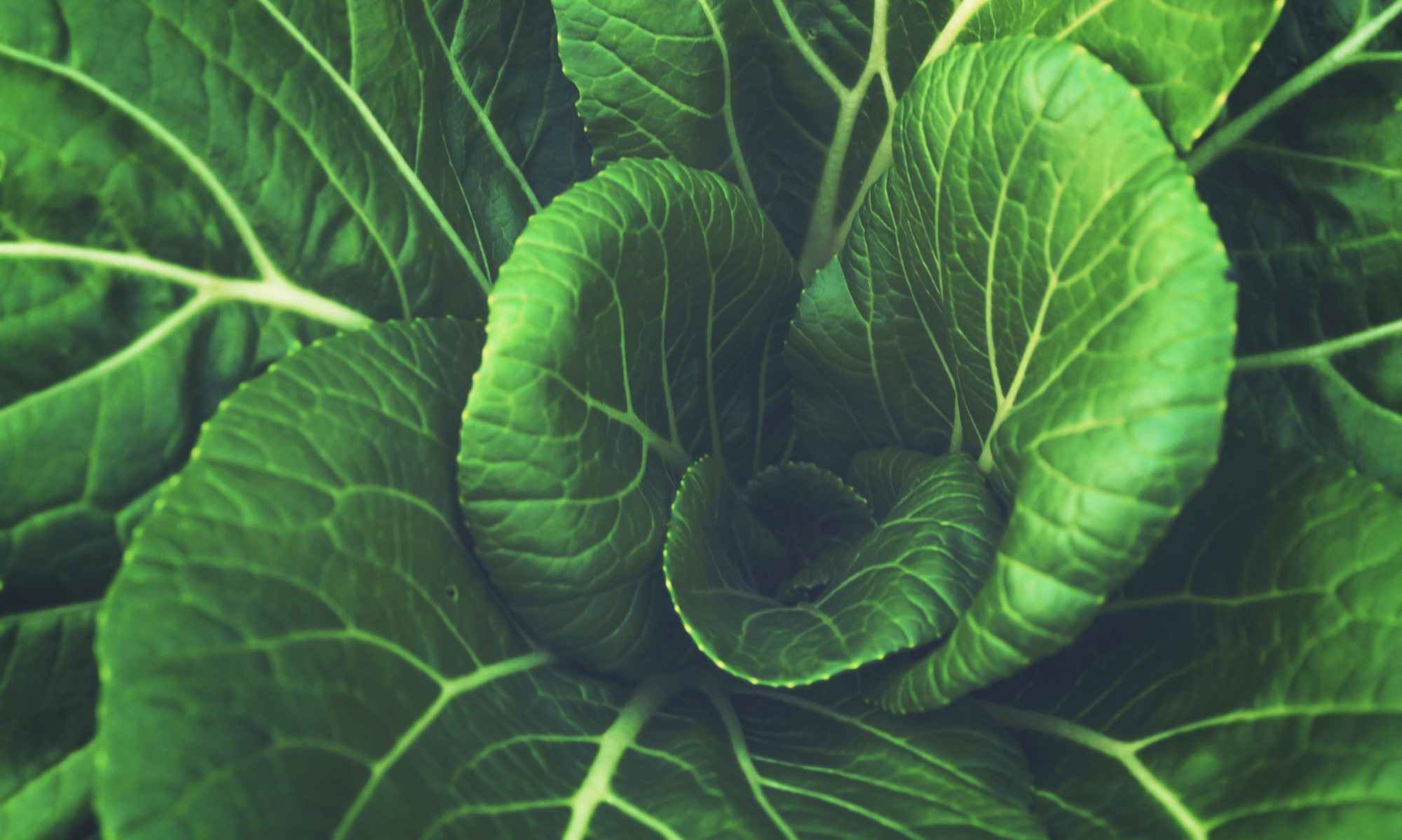What is Willpower?
We use the word willpower to describe some internal drive that lets us do things that we may not want to. For example, if your friend decides to become a professional athlete and puts in practice every day, you will assume he has lots of willpower. This is where the common definition of willpower is wrong. The reason your friend is finding success is because he created that habits allowing him to practice for hours. He isn’t thinking about dragging himself out of bed, it has become second nature. However, willpower played a big role in the beginning so let’s redefine the word:
Willpower is a resource that you can tap into everyday to accomplish tasks. However, there is a finite amount of willpower that is easily accessible to each person. So how do people create habits? It is simple, they use their willpower at the start until the proper circuits have been myelinated, making the action a habit. At this point, they are no longer using willpower, freeing themselves up for further improvement.
In the context of evolution, this makes sense. Tasks that were necessary for survival like hunting and tracking were ingrained into habit as humans learned the skills. This allowed people to focus on other tasks like family raising or cultural development to ensure survival. The most obvious habit that almost everyone shares is the ability to walk. Although we have genes that enable us to walk more easily, it is still a learned action. Watching a baby try to walk is the same as watching your friend practice his sport, myelin is being produced in both cases.
The Domino Effect
Another important aspect of how habits work is the idea of keystone habits. It is common for someone to make one change in their life which leads to many more changes over time. The most common case of this is changing one’s diet. After one makes the change to a healthy diet, they are very likely to start exercising and setting a sleep schedule. This domino effect was initiated by the single change of diet.
The reason this happens is because of the motivational effect each good habit has. When one manages to make a positive lifestyle choice, they feel very good about themselves. This satisfaction from making a small change convinces them to use their willpower to make more similar changes. Ultimately, keystone habits have the potential to change one’s life in unimaginable ways for this reason. The more small positive changes you make, the more you are motivated to find more changes.
Humans are great learners. This ability to learn is what set us on our evolutionary path. The ability to develop specialized skills uses the same pathway responsible for how habits work: myelin. This makes sense since habits are behaviors that you learned to perform, intentionally or not. It follows that most important idea involved in the biology behind learning is repetition, allowing nervous signals to become myelinated and efficient.
The most painful way to learn is to repeat a process over and over again until it is perfect. This is not the best way to approach learning anything (try learning Rocket League just by playing games). The obvious approach is to practice the hardest part of a skill over and over and then work on incorporating it into the big picture. Find the mistake, slow down and work through the problem, and put the pieces together. The more you break down the problem the more obvious the weak link will become. This process of breaking down a skill is known as chunking, a topic covered in depth in The Talent Code, by Daniel Coyle.
An interesting idea presented in the book is the proposition that humans learn best in uncomfortable environments. At first, this did not make too much sense to me. Wouldn’t a lack of comfort lead to more distractions from the environment? However, the lack of comfort sends a subconscious message to our brains: “you are not safe”. As a result, our brains respond in the only way they know how, they try to learn faster to escape the “threat”.



One Reply to “How Habits Work: The Key to Change”
Comments are closed.